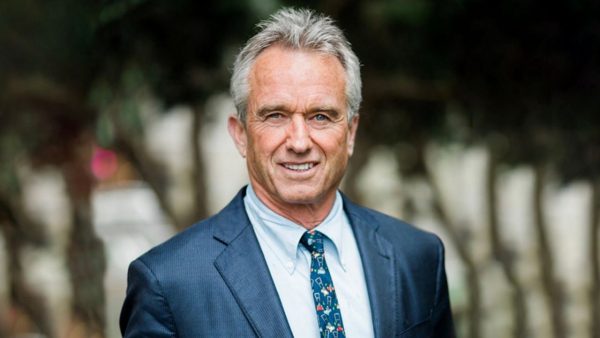Fourth state of water discovered by researchers
A fourth state of water was discovered by a team of scientists working for the Oak Ridge National Laboratory. These scientists, in order to complete their research, forced water through beryl, a hard mineral consisting of beryllium and aluminum. Some of the more well-known forms of beryl are aquamarine or emerald. Scientific journal Physical Review Letters published their paper on April 22., 2016.
Water, when forced through the beryl, was able to quantum tunnel at low temperatures. Quantum tunneling is when two water molecules break their hydrogen bonds with other molecules, causing the two of them to rotate like gears. This means that water is able to go from one configuration to the next, even when it does not physically have enough energy to do so, according to the academic journal Science.
“Quantum tunneling is basically the ability of water to be able to phase shift…so you can switch water molecules, which in a bond means that you have more possibilities,” chemistry teacher Suzanne Kehret said, “They can shift places regardless of what’s in the way, so they’re acting as one big entity instead of separate entities.”
Alexander Kolesnikov, the lead author on the paper, described the tunneling in an ORNL published article as “the oxygen and hydrogen atoms of the water molecule are ‘delocalized’ and therefore simultaneously present in all six symmetrically equivalent positions in the channel at the same time.”
Quantum tunneling has only ever been observed in methyl and ammonia groups, and even then, it doesn’t tunnel the same way water does. When water is in the tunneling state, it occupies a different position as compared to when it is not tunneling. Methyl and ammonia groups look unchanged in between tunneling and non-tunneling, according to the paper published in the Physical Review Letters.
This discovery comes as a surprise for many people. “Water is just one of those elements, that when it bonds together, it doesn’t usually come apart…It has so many complex forms, I don’t really know if I would have expected it to do quantum tunneling,” sophomore Isa Chavez said, “I would never have thought of that. But I think that’s really cool.”
As for its practical applications in the future, nothing seems to be clear, and there seem to be a lot of different ideas on what could happen with it. “I would be interested to see if that could possibly solve any possible like water shortages situations, or anything like that, I’d be interested to see if they could help that at all,” senior Henry Larson said.
“I guess you could find new ways to create more forms of energy…instead of using fossil fuels” Chavez said, offering another possibility. It would be impossible to create new energy from this–as the first law of thermodynamics is that energy can neither be created nor destroyed–however it might be possible to take energy and change it into energy that humans can use.
“I think that would be the most interesting research would be to see how can you align that six-molecule object,” science teacher Greg Pusch said of the smallest droplet possible,“Can you put in a line so it’s molecule by molecule, or do they have to go in by pairs, or what? You’re shoving it into a small space, how small can the diametre be? If I don’t care about the depth, how narrow could I get a beam of water?”
However, the biggest problem in accomplishing all of the possibility for research, according to Kehret, is that the quantum chemistry and quantum physics fields are “such small [fields]” for a lot of research.

Hi! I’m Jazz Driskill, a local copy editor & your resident cat person. I’m currently a senior with a very vague plan of what’s going to happen...










